Born in 1925, over the course of its 92 year history Bang & Olufsen has established itself as a brand of dual purpose and singular vision. Founded on the principle of addressing the needs of its would-be consumers in the early days of the 20th Century, the company made its name as one of the first brands to fully integrate the concept of design and user experience into its thinking as not just an accent to, but an equal partner of, advances in technology — perhaps most notably by first pioneering audio technology without a hefty external battery source or bringing the pre-set radio into this world on a mass scale. The company has since found niches for itself by providing both high-quality sonic experiences and by tapping into the nature of the experience itself — its early achievements segueing seamlessly into ideas of what Bang & Olufsen means in 2017.
From its humble beginnings at the farm homestead of Svend Olufsen’s family, where, against the odds, he went into business with his friend—radio expert and confirmed technological audiophile—Peter Bang, a proto-Jobs and Woz of sorts in the make-up of their partnership, the B&O name has since become synonymous with a spirit of adventure and quality of craftsmanship rarely found in contemporary tech companies.
But this, perhaps, is what makes Bang & Olufsen unique amongst its peers and competitors: despite trading in audio technology at the root of its business, B&O doesn’t consider itself to be a tech company. From the early Bauhaus-inspired designs of its televisions and cabinet radios, the company’s archive of products is testament to the fact that aesthetics have never been an afterthought.
Still based in Struer—at a base affectionately called The Farm as an homage to its origins—Bang & Olufsen’s factory, engineering and product testing departments remain in close quarters, encouraging a family feeling amongst its employees that belies the size of the modern day company. And, it’s at this family home where we meet Geoff Martin—Bang & Olufsen’s Tonmeister—the man with the golden ear, charged with the vital job of translating recognizable phrases like “harsh” and “flat” into much less familiar engineering speak. It’s a role that involves a considerable amount of listening but which also relies heavily on communication, making it no surprise that Martin is an excellent conversationalist, and able to explain the complexities of engineering impossibly high-end speakers to a relative layman.

Even being in the position of experiencing what the flagship BEOLAB 90 has to offer, which roughly translated is “a lot,” is an experience in and of itself—getting the full show from the Tonmeister, however, is something else entirely. Facts about quantities of aluminum, anodized and shaped to perfection on-site at Factory 5—headed up by Ib Kongstad’s decades of experience—as well as things like sand molds and heating temperatures begin to make sense as steps in a process of creating something not only extraordinary in terms of commitment to quality, but also exemplary in its field and, in the wider spectrum of production.
But commitment is key all round for B&O: from the hundreds of steps involved in creating what Geoff considers to be as close as possible to the perfect sound from the brand’s speakers—making tiny tweaks to tweeters and woofers over long periods of time—right through to the intricacies and collaborative processes of the design practice.
The re-emergence of Bang & Olufsen in the zeitgeist of design-driven technology has much to do with the “incubator” its PLAY division has been for the brand’s renewed focus as a platform for consumer behavior driven innovation—coming to exemplify a unification of the brand’s previously disparate pillars of aesthetic and audio excellence, with a view to ending the division between the two ways that B&O is most highly regarded. With this in mind, it’s in the center of Copenhagen—on a notably fresh Danish morning—that we meet with Cecilie Manz, Maison&Objet’s Designer of the Year 2018 and PLAY’s own external design aficionado.

Working in constant back and forth with Jakob Kristofferson—the brand’s Design and Concept Manager—and his team, Manz uses her globally recognized talents to take PLAY’s products from concept sketch (something that, to the untrained eye, can look a lot like a satsuma in its deceiving simplicity—a kind of pencil and paper napkin tribute to Naive art) which begins a lengthy process of dragging the idea into something that customers can hold.
As well as showing her own fondness for the products she creates and acting as something of an ever-changing portfolio space for her work, Manz’s workshop is also evidence of something else—an example of another way in which PLAY sets itself apart from the rest of the audio industry.
The way in which Manz spends her time not only looking at form and function—answering essential questions about whether a product will fit in its owner’s
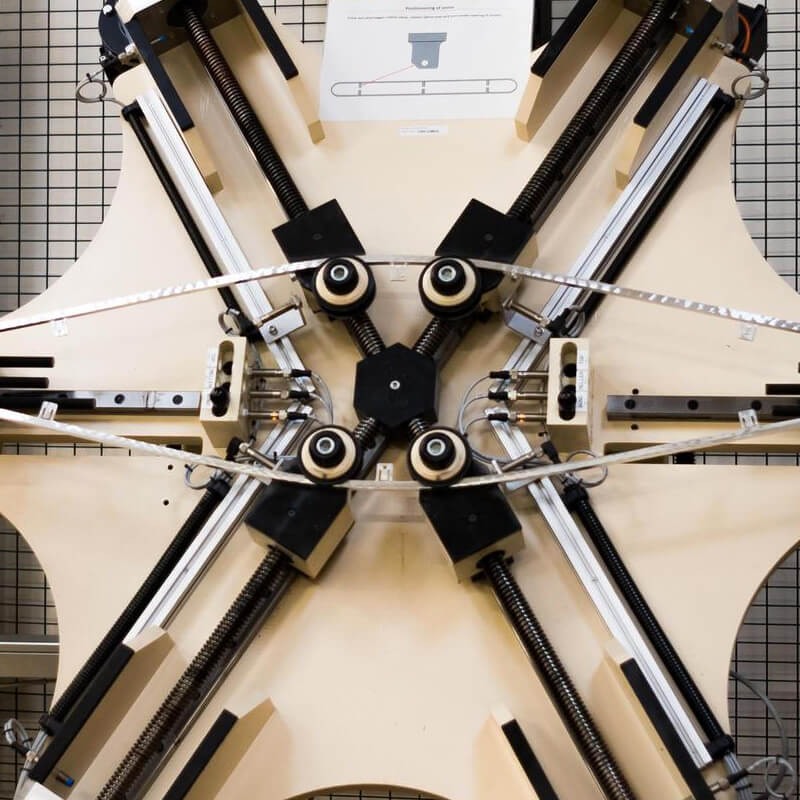 pocket or whether the perforations on the aluminum are exactly the right distance apart—but also deep down the rabbit hole of colorization is emblematic of a bold desire to figure as much as a name in fashion as in technology.
pocket or whether the perforations on the aluminum are exactly the right distance apart—but also deep down the rabbit hole of colorization is emblematic of a bold desire to figure as much as a name in fashion as in technology.
Painstaking research into trends, shades trickling down from Fashion Week runways to the leather of the brand’s various headphones and the hues of its portable speakers, comes together in the form of collections like the Fall/Winter 2017 release —terms more traditionally associated with clothing—giving the selection a new kind of relevancy for consumers who tend to be on the younger, creative end of the scale when compared to the audiophile of what had previously been known as the Bang & Olufsen mainline. It’s this kind of mentality that has seen the brand collaborate with names as diverse as Supreme and Saint Laurent on new designs, pushing the boundaries of what consumers expect from their audio products, effectively moving the goalposts for less adventurous brands, consistently upping the ante on what a design-led philosophy can mean— and how far it can be pushed.
Despite its tangible commitment to visual design, however, there’s more to the B&O PLAY philosophy than simply creating products that look good in the homes and on the head of their owners. As well as the sartorial elegance which spearheads the more obvious end of the process, PLAY is also in the business of harnessing the much more conceptual practice of creating technology that encourages commitment to the moment—something which Kristofferson tells us is best measured not in units of sale or in wattage but in “goosebumps”; in the feeling of creating a unique sensory experience wherein, however briefly, the world and all its baggage disappear.
B&O’s focus on the experiential over—but not, of course, at the expense of—the technical aspect of its work also isn’t limited to its products: a different way of thinking also means a different way of behaving, interacting with the wider cultural world beyond the borders of the brand itself. Clearly aware that nothing happens in a vacuum, B&O has also built links that tie it into popular cultural and a sense of the zeitgeist in the way that most other audio manufacturers could scarcely dream of. You need only look at those previously mentioned collaborations with Supreme and Saint Laurent as well as one of the most iconic names in modern culture, one of the most important all-around auteurs of the age, David Lynch, or
 the way in which the company is so vocally beloved by artists like Kanye West to see that B&O—rather than being insular and self-serving as a brand—prides itself on intertwining with other major players in contemporary culture to create something more. It’s also an attitude that has seen the products themselves given status beyond their inherent value as such, included by MoMA in its permanent collection and acknowledged as such as artefacts in their own right.
the way in which the company is so vocally beloved by artists like Kanye West to see that B&O—rather than being insular and self-serving as a brand—prides itself on intertwining with other major players in contemporary culture to create something more. It’s also an attitude that has seen the products themselves given status beyond their inherent value as such, included by MoMA in its permanent collection and acknowledged as such as artefacts in their own right.
This is why, explains Jonathan Lowth, the brand’s Manager of Global Marketing Creation, “It feels so good when I see people wearing or carrying our products.” Not just because it means an uptick in sales—and, even in B&O’s Danish homeland Lowther has noticed more and more headphones on heads—but because it means that, on some level, however small, he and the rest of the team can take satisfaction in knowing that they have made a difference to the quality of someone’s day and an affirmation that those products have made a lasting mark on the world in a much broader sense than just business.
It’s a different kind of perfection to the sort that Geoff Martin toils away in Struer with a view to creating—less measurable, more subjective, but also emblematic of what Bang & Olufsen as a company has been doing over the course of 92 years; a commitment to making it easier to have and to share in these kinds of experiences, tying together everything from its early days eliminating the cumbersome battery to its present day portable speakers and headphones.

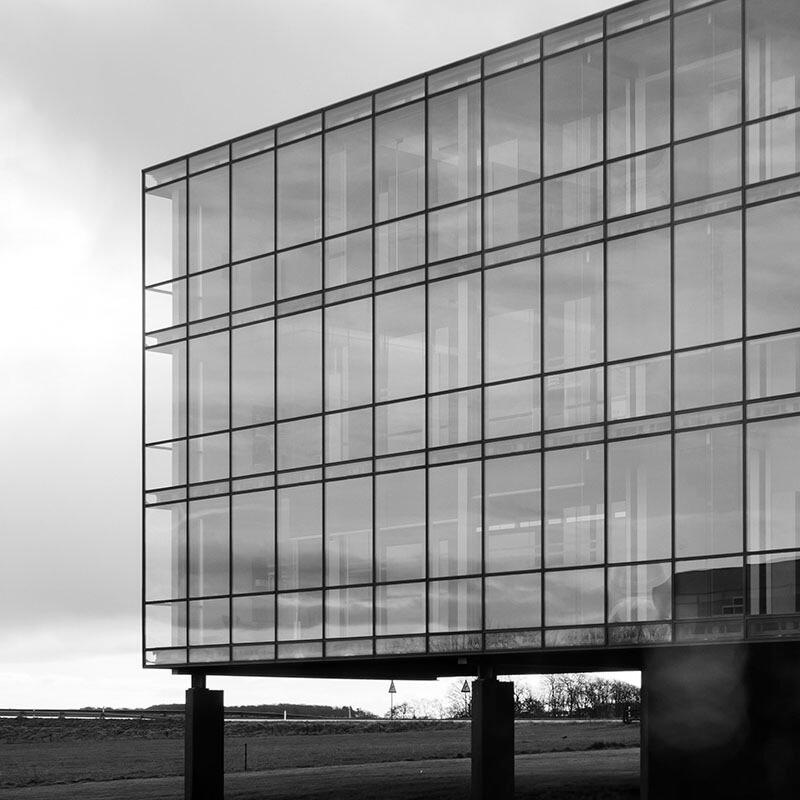


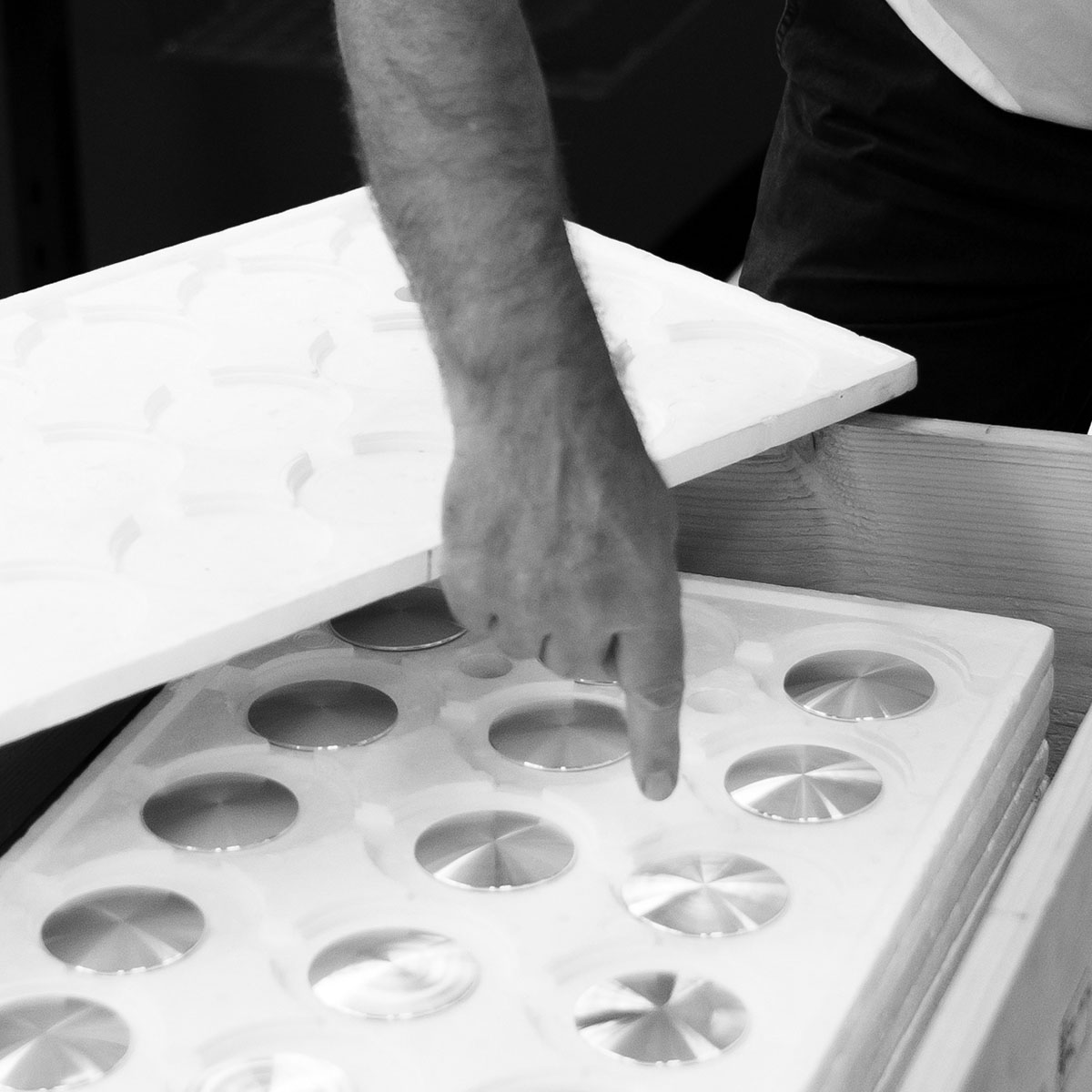

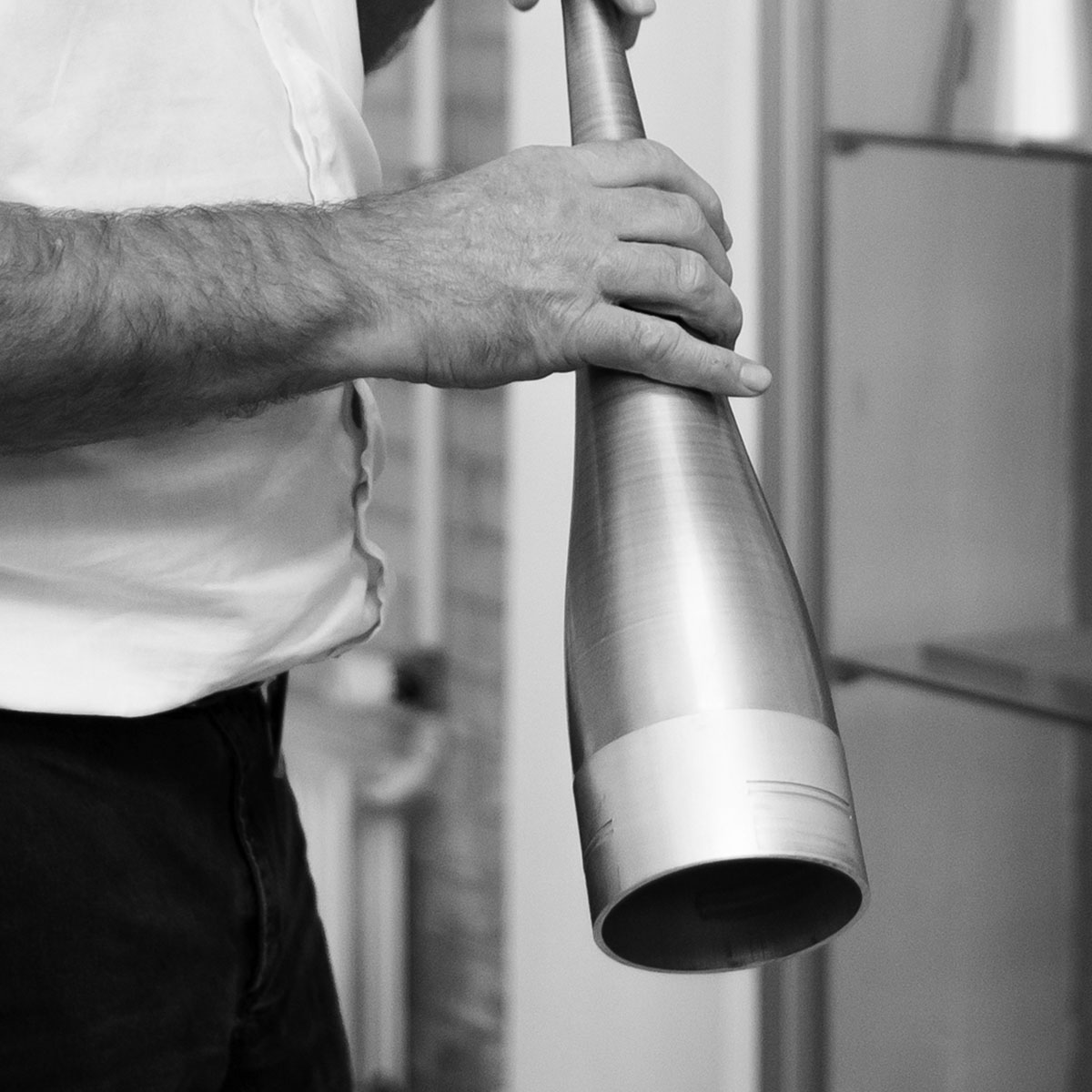
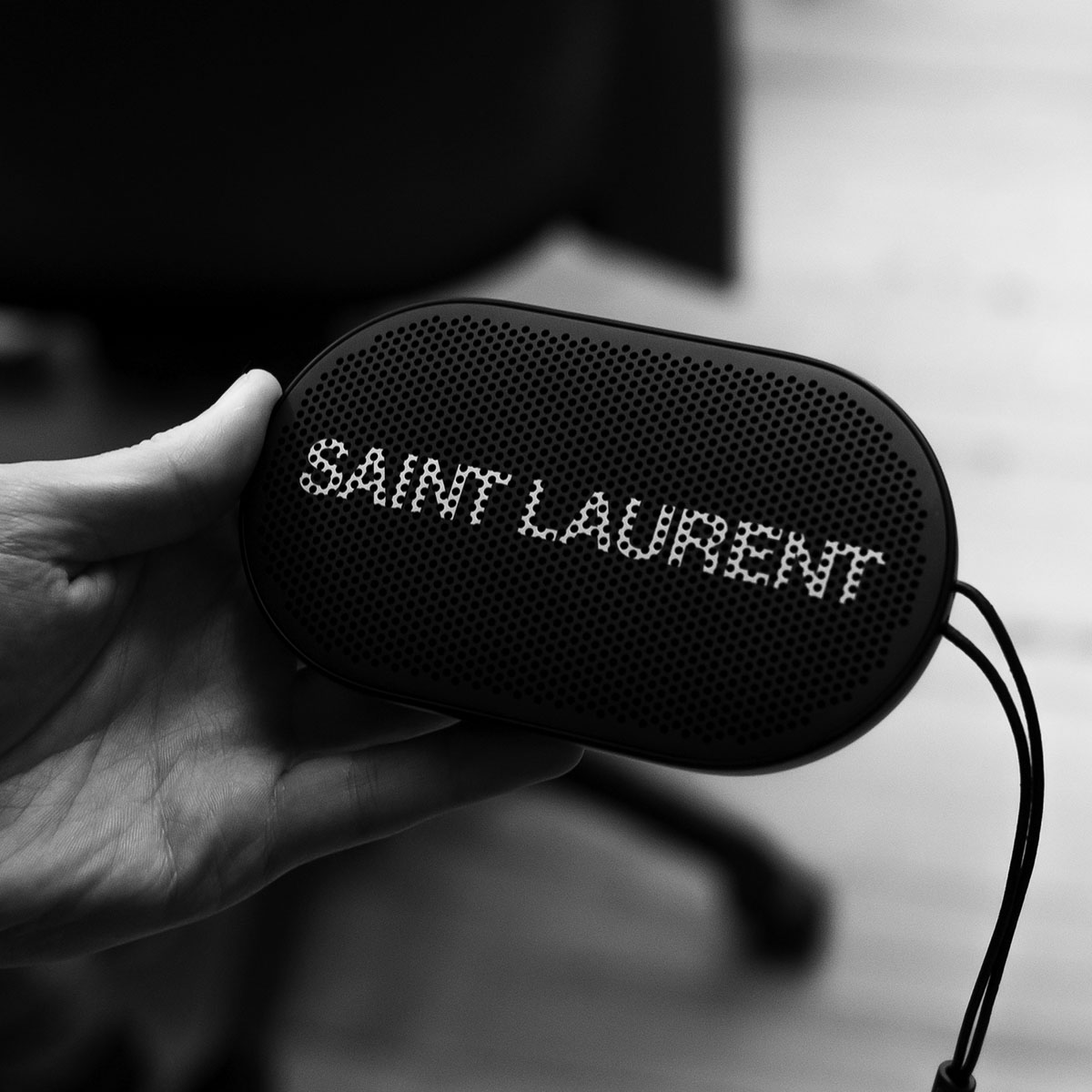
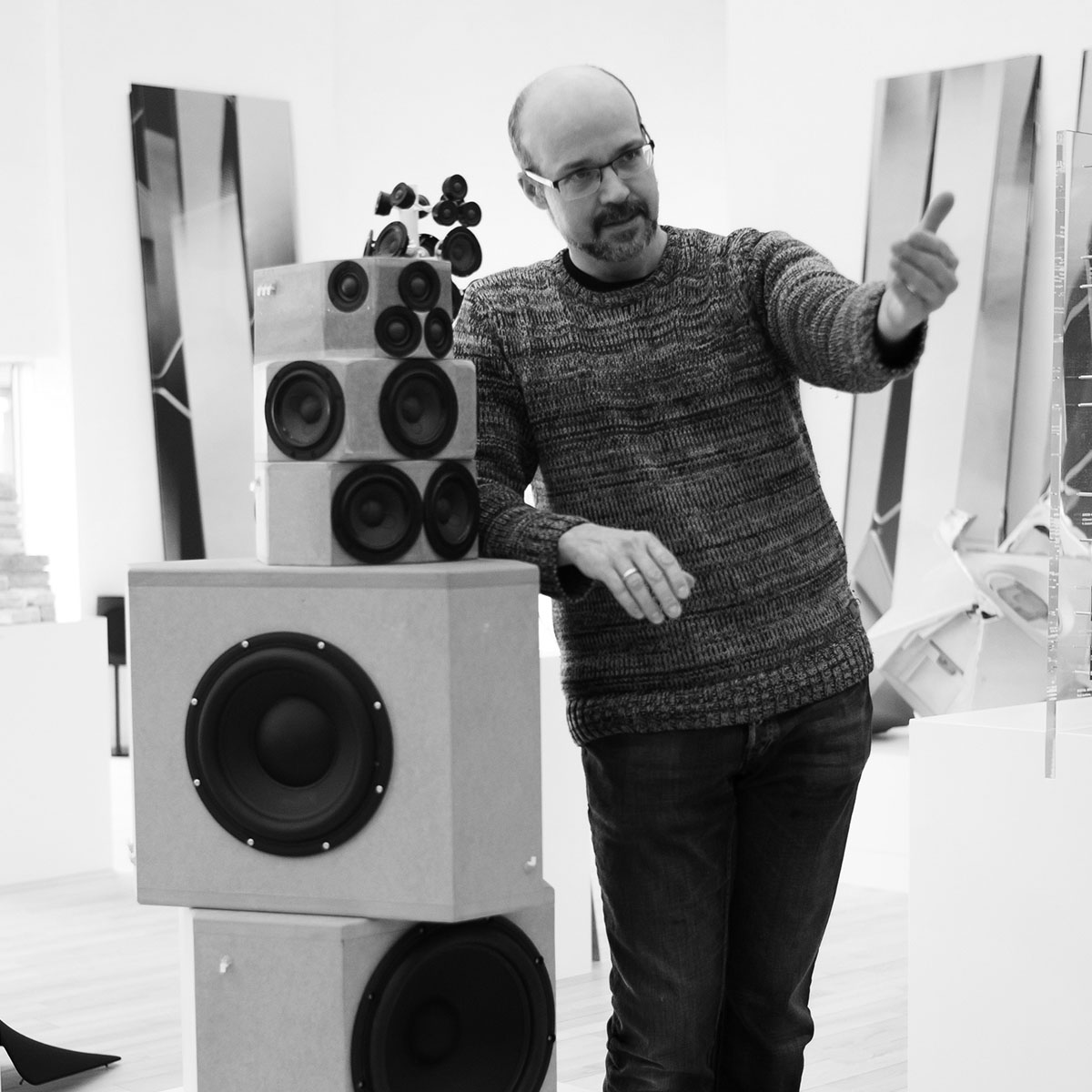

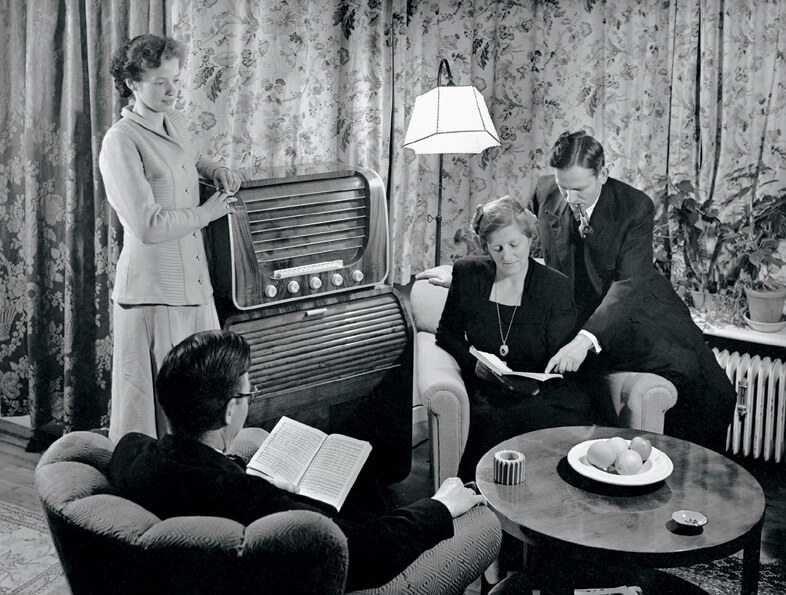
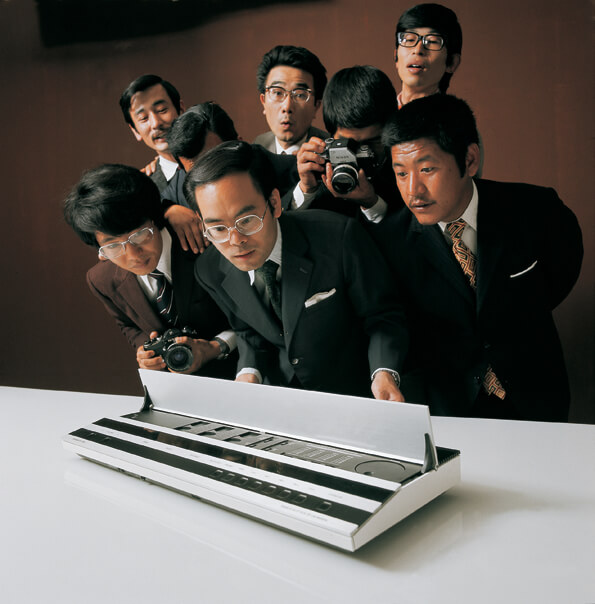

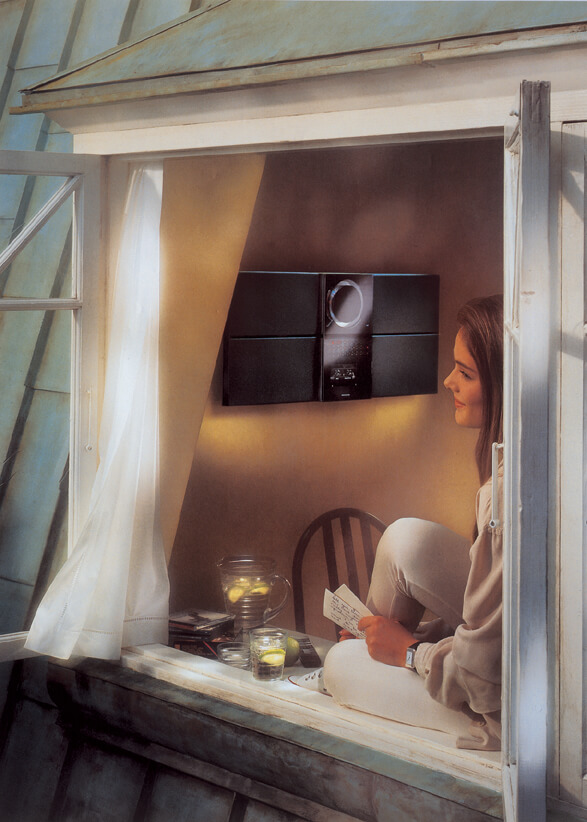





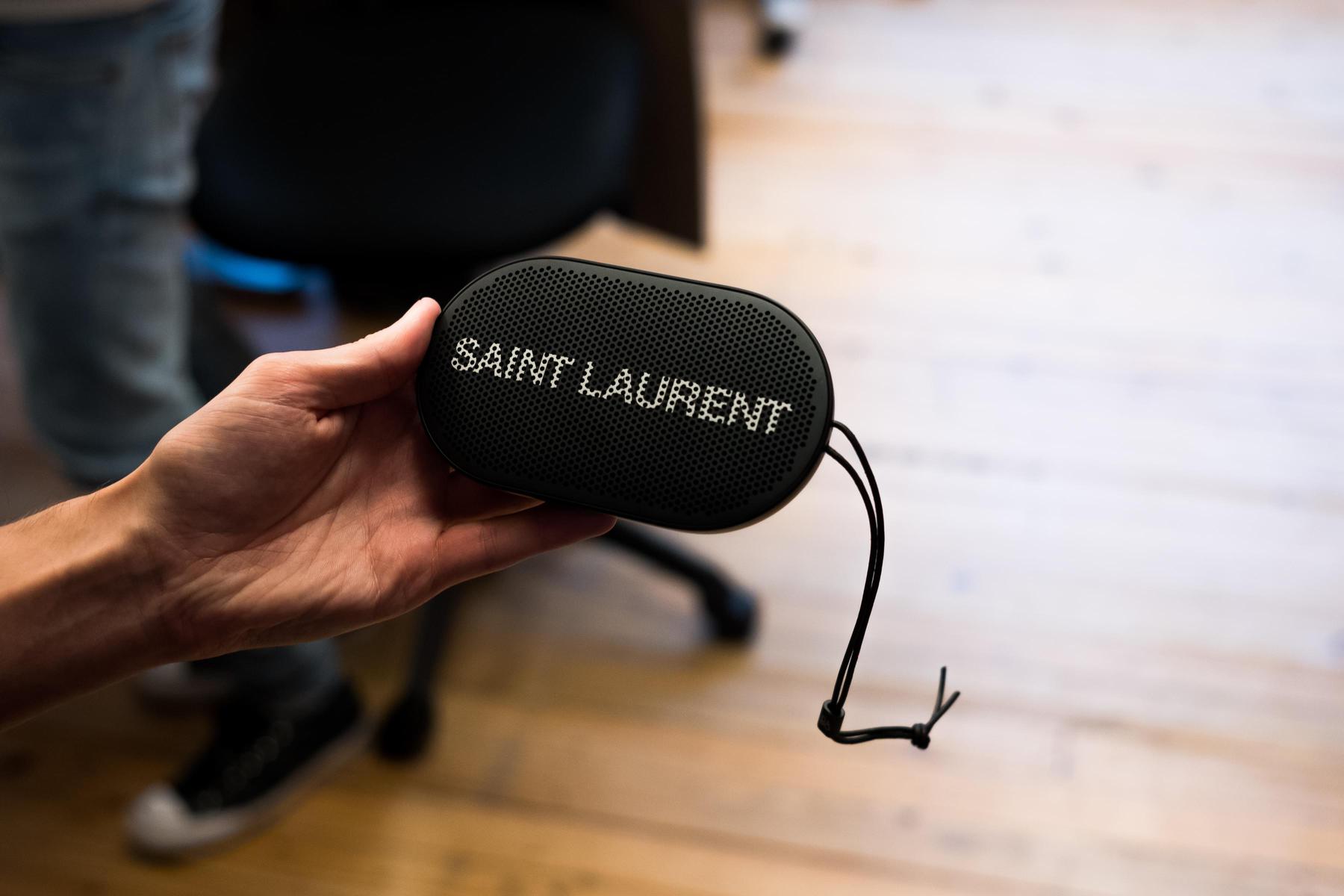











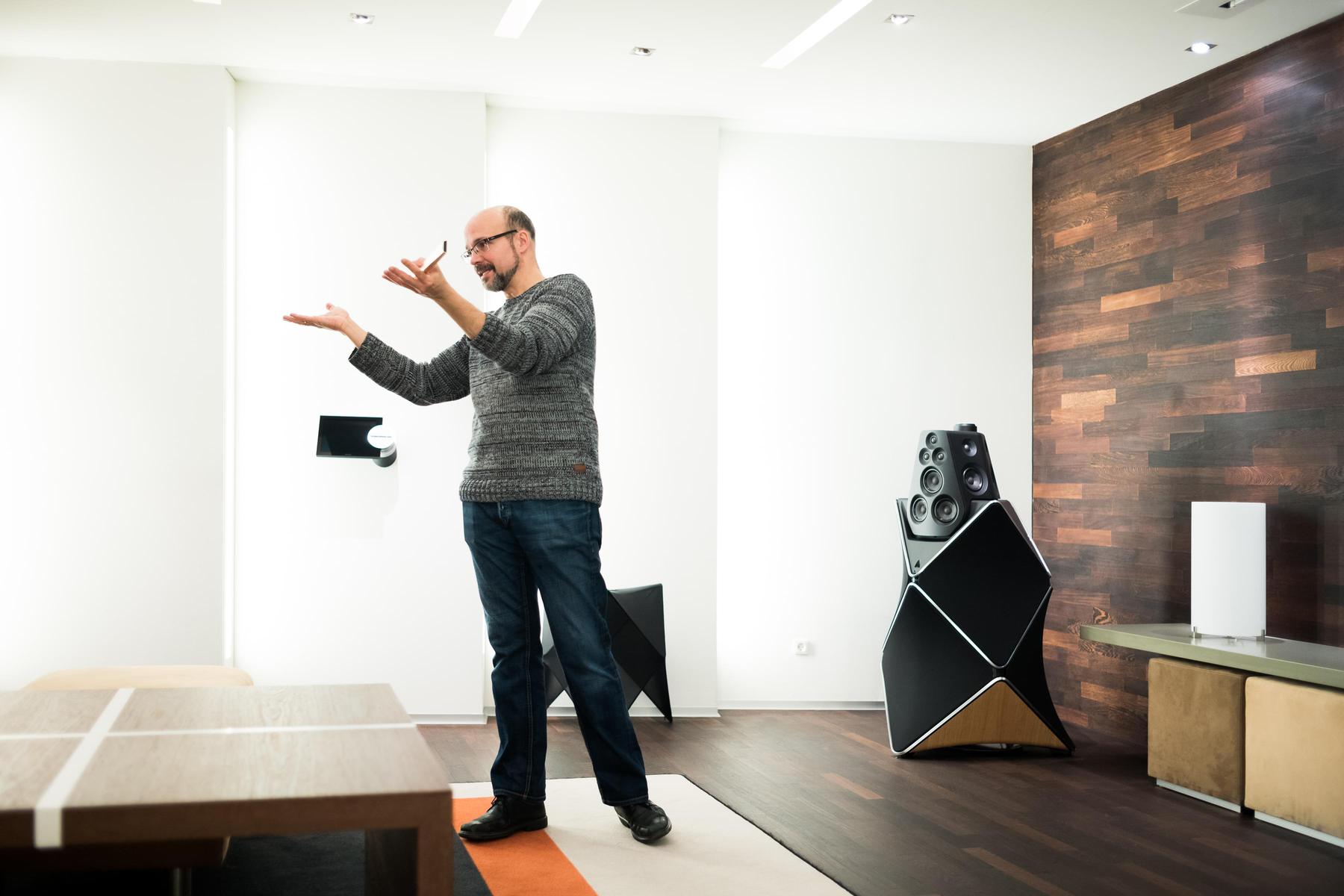
Photographer
Victor Jones/HypebeastWriter
Karl Smith/HypebeastScan the QR code to open the article on your device or within the Hypebeast App.